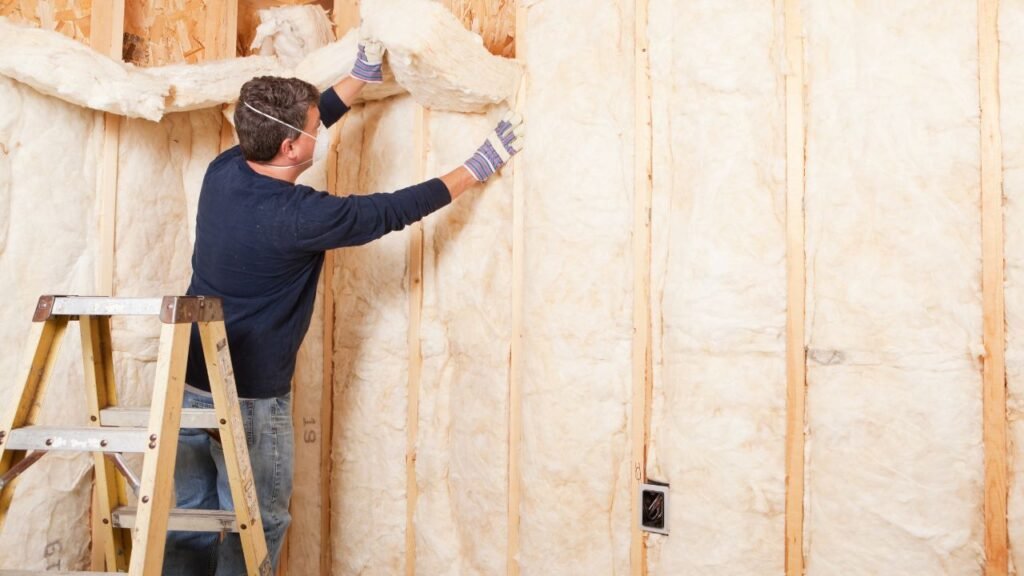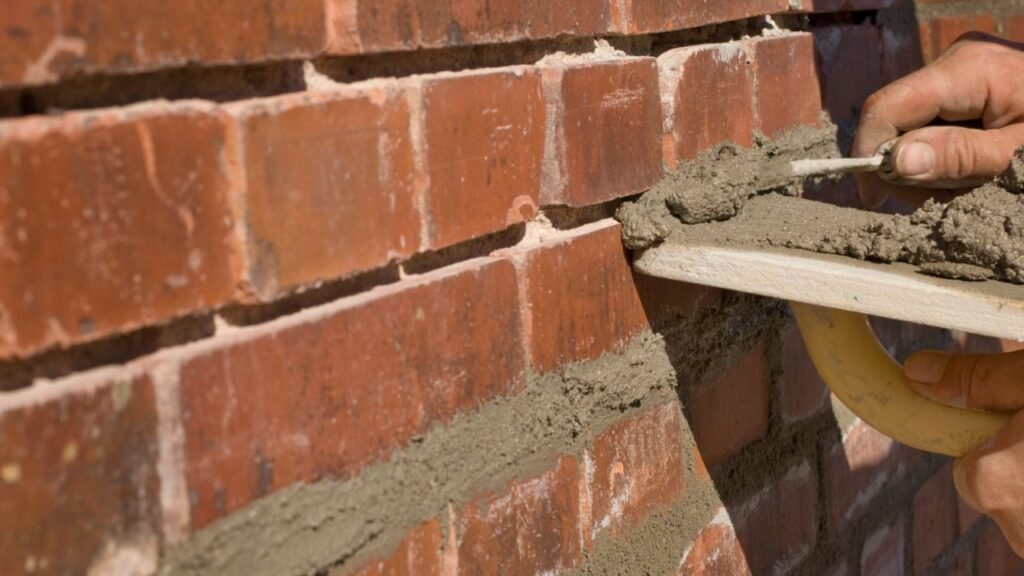Protecting Your Home from the Inside Out: Understanding Building Envelope Science

Protecting Your Home from the Inside Out: Understanding Building Envelope Science
Your home isn’t just a structure—it’s a protective shell designed to keep you safe, comfortable, and dry. When we talk about the “building envelope,” we’re referring to everything that separates the interior of your home from the outdoors. This includes your roof, walls, windows, doors, foundation, and insulation. Think of it as your home’s armor against water, air, heat, and cold.
Yet even the strongest armor can develop weak spots over time. When water finds its way through small cracks, failed caulking, or deteriorating materials, it can quietly cause thousands of dollars in damage before you ever notice a problem. At Personal Touch Service Solutions, we understand how building envelope science protects the health of your home—and how to restore that protection when it fails.

The Silent Damage of Water Intrusion
Water is one of the most destructive forces in nature—and it doesn’t take much to start a problem. A single bead of moisture can creep behind your siding, around a window frame, or through a cracked mortar joint. Over time, that little bit of water can lead to major structural and health issues:
Wood Rot Around Windows and Doors
Wood trim and framing are highly susceptible to rot when exposed to moisture. Even a small gap in the caulking around windows or doors can allow rain to seep in. Once the wood becomes saturated, it begins to break down. Rotten wood loses its strength and can attract insects or compromise the structural integrity of your home.
Mold on Drywall and Fabrics
When water seeps behind walls or under floors, it can remain trapped in places where it’s difficult to detect. This moisture creates the perfect environment for mold growth. Mold spores on drywall, insulation, and even upholstery can lead to serious health concerns, especially for those with asthma, allergies, or compromised immune systems.
Masonry Damage in Historic Homes
Older buildings with brick or stone exteriors are particularly vulnerable to water damage. Many homes built before 1900 used handmade bricks and lime-based mortar. These materials are beautiful and long-lasting when properly cared for, but they were not designed to handle the freeze/thaw cycles common in northern climates.
When moisture enters cracks or pores in the masonry, it can freeze and expand during cold weather. This repeated cycle causes spalling, where the face of the brick chips or flakes off. Over time, water can also erode the mortar joints between bricks, weakening the wall and allowing more moisture to penetrate.

How Personal Touch Helps Preserve Your Home
At Personal Touch Service Solutions, we specialize in maintaining the integrity of your building envelope—especially in older and historic homes. Here are some of the ways we help keep the elements out:
1. Replacing Failed Caulking
Caulking is your home’s first line of defense against water intrusion around windows, doors, and siding seams. Over time, exposure to sunlight and temperature changes causes caulk to shrink, crack, or separate. We remove old, failing caulking and apply new, high-quality sealants that flex with your home and stand up to the elements.
2. Repointing Mortar Joints
If your home has a brick or stone exterior, keeping the mortar joints in good condition is essential. Our experts carefully remove deteriorated mortar and replace it with the correct blend—often a lime-based mix for historic homes—to ensure breathability and compatibility with your original materials. This repointing process helps prevent water from entering and damaging your walls.
3. Applying Breathable Waterproofing Sealers
Modern waterproofing sealers can add a layer of protection without trapping moisture inside your masonry. We use breathable formulas specifically designed for older bricks, allowing vapor to escape while repelling rain and melting snow. This is especially important for homes built before the advent of harder-fired modern bricks, which behave differently than their historic counterparts.
The Science of Breathability and Why It Matters
A common misconception is that waterproofing a surface means completely sealing it up. But when it comes to historic homes, breathability is crucial. Older bricks and lime mortar were designed to allow moisture to move through them. If you seal them with a non-breathable product, you can trap moisture inside the wall—leading to hidden mold, rot, and decay.
That’s why Personal Touch uses products and techniques that respect the science behind traditional materials. Our goal is not to fight the natural movement of moisture but to manage it in a way that keeps your home dry, healthy, and structurally sound.
Warning Signs of Envelope Failure
Catching problems early can save thousands in repairs. Keep an eye out for these signs that your building envelope may be compromised:
● Peeling paint or bubbling drywall near windows or baseboards
● Cracked or missing caulk around windows and doors
● Gaps in mortar joints or crumbling masonry
● Musty odors or visible mold
● Uneven floors or sagging door frames, as well as well as soft wood.
● If you notice any of these issues, it’s time to call in a professional.
Why Building Envelope Science Matters to Homeowners
Understanding the science of how your home breathes, insulates, and protects itself from the elements isn’t just for engineers. Homeowners who learn the basics are better equipped to maintain their homes and avoid expensive surprises.
Investing in envelope maintenance doesn’t just protect your walls and windows. It preserves your health, your comfort, and the value of your home. Especially in regions with harsh winters or frequent rain, small repairs today can prevent major reconstruction tomorrow.
At Personal Touch, we treat your home like it matters—because it does. Whether you’re stewarding a 150 year old brick building or just want to make sure your windows stay watertight, we’re here to help.
Let our decades of experience in restoration, preservation, and weatherproofing give you the peace of mind that your home is safe, sound, and built to last.

Leave Comment